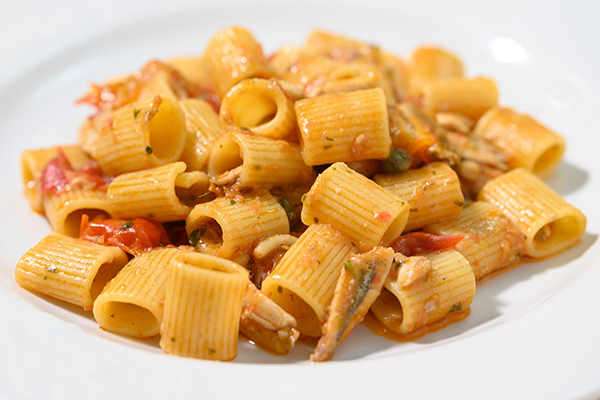Cetara, the town of anchovies’ colatura!

The kitchen in my opinion
May 16, 2023
Cetara appetizer, Vincenzo Giorgio’s recipe
July 12, 2024Just the thought of telling you about Cetara, about my Cetara, gets me excited! I am lucky enough to live and work in a picturesque seaside village on the Amalfi Coast where time seems to have stopped. Small alleys and sudden widenings welcome you to a town where you cannot help but leave a piece of your heart. As happened to me who, out of love, chose him.
It rises at the foot of Mount Falerio, since 1997 it has become a UNESCO World Heritage Site together with the Amalfi Coast and extends into a deep valley flanked by vineyards and lemon groves. Then she decides to open up almost like a fan on a flat strip at sea level which she tries to climb bravely on the rock. Just under 2 thousand souls. We all know each other here. And we are proud of it! It was the stubbornness of its inhabitants who made their identity an incomparable strength to make this cluster of fishermen’s houses known throughout the world. They stubbornly wanted to recover a more than thousand-year-old tradition that has its origins in ancient Rome.
Cetara Pdo anchovies’ colatura
The anchovies’ colatura (which finally obtained the Pdo in 2020) derives from garum, a sauce already known by Pliny. The Romans, in fact, used it to give flavor to their cuisine and the great imperial cook Apicius made it a strong point in his banquets. It was a creamy sauce obtained by macerating alternating layers of small and large fish with chopped aromatic herbs. Then everything was covered with coarse salt. And it was left to macerate for months and months.
In our village, still today, a few companies and many people from Cetara proudly carried on this process. Not only to use it as we usually do during the Christmas holidays, but to affirm with determination that it is a distinctive and unique trait of our history. In its current version, the anchovy sauce is an amber liquid. It is obtained from the maturation process of salted anchovies. And the procedure is handed down from father to son by the fishermen of Cetara”.
A bit of history
The history of Cetara, stronghold of the Saracens in 842 and 879 at the time of the siege of Salerno, begins from afar. The name itself is indicative of the strong traditions that have always been loved and defended because it derives from Cetaria, that is to say “tonnara” or from cetari” that is, sellers of big fish, tuna in fact. Since 1030, it owes the ius piscariae, the fishing tithe and ends up in 1120 under the political domination of Amalfi and then, with the Normans, of the Benedictine abbey of Santa Maria di Erchie up to passing under the dependence of that of Cava.
After the Turks enslaved a large part of the population around the middle of the 16th century, the Viceregal Tower was built to defend itself against such attacks, which can be visited by making an appointment by calling the restaurant. Also worth visiting are the seventeenth-century church and convent of San Francesco, that of San Pietro Apostolo with its characteristic Baroque interior and thirteenth-century bell tower with mullioned windows and that of Santa Maria di Costantinopoli.
Fishing, the true soul of Cetara
Since the time of the Maritime Republics, Cetara had a very generous sea. Snappers, groupers, moray eels were caught; with nets, on the other hand, they brought home tuna, palamidi, mackerel. And it was a deep-rooted custom to organize the tuna trap, a wall of massive hemp and esparto nets, supported afloat by a large quantity of corks and stopped at the bottom with mallets tied to large hawsers and anchors. These boats departed from the coast and went west and east, forming a cubic framework with various compartments. A kind of “labyrinth” was formed with a single opening, the door, from which the fish entered.
And for the divisions the caphter on the distribuition of profits of the Tabula de Amalpha applied. The pac was “half profit or “t the party” which provided for the division of profits with the cosequent sale of the cacth in trhree parts. One went to the ower of the boat, another to che chief fisherman and the thrid to he crew.
“La Cianciola”of Cetara
Our restaurant has made the anchovy sauce from Cetara one of its strengths together with local fish, products from the hills and cheeses from the Lattari Mountains. If you are curious to savor a cultural experience made special by the welcome of my wife and the For a taste of my dishes, you can find us at number 13 in piazza Cantone.
We are on the port of Cetara, at the beginning of the seaside village where the characteristic alleys of the town begin. We can accommodate you both indoors and outdoors to let you taste the sincere and wonderful flavors and aromas of the Amalfi Coast. We are waiting for you every day, for lunch and dinner, with the exception of Mondays!
Vincenzo Giorgio




